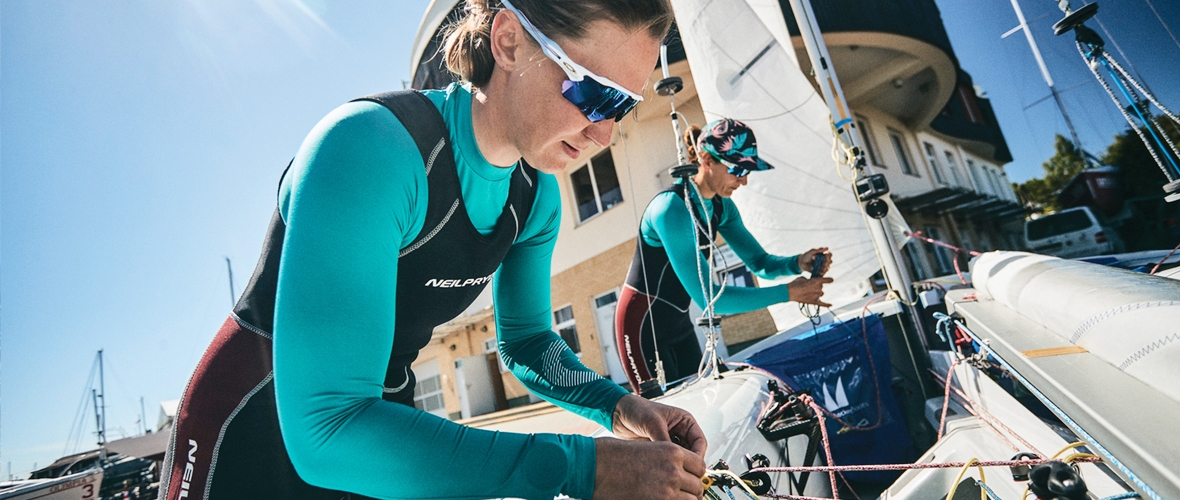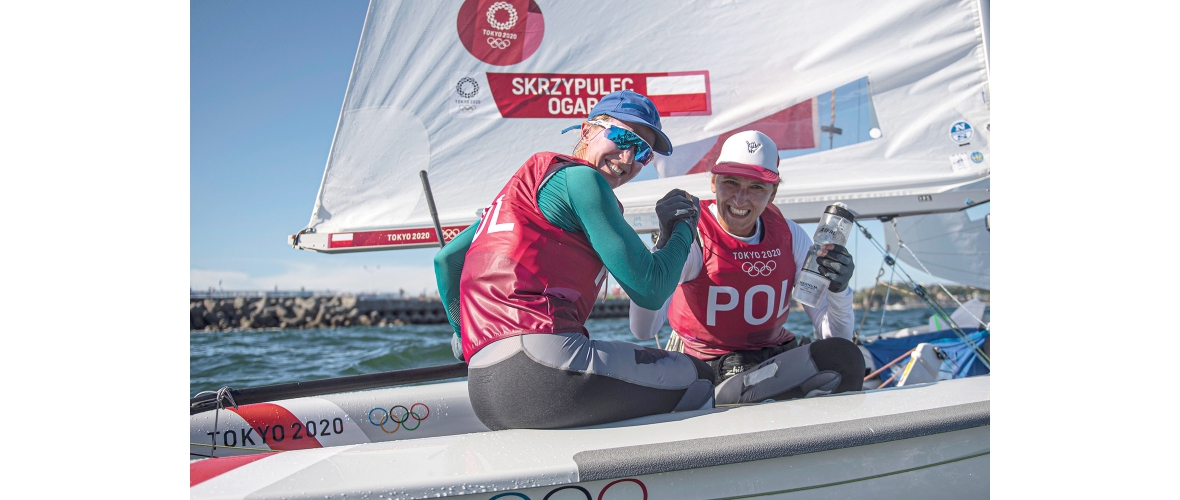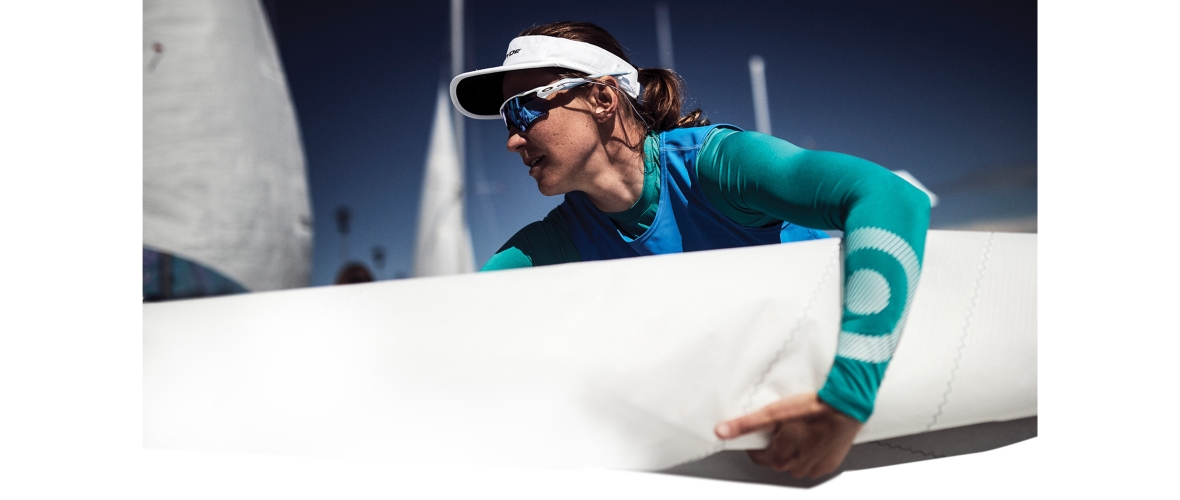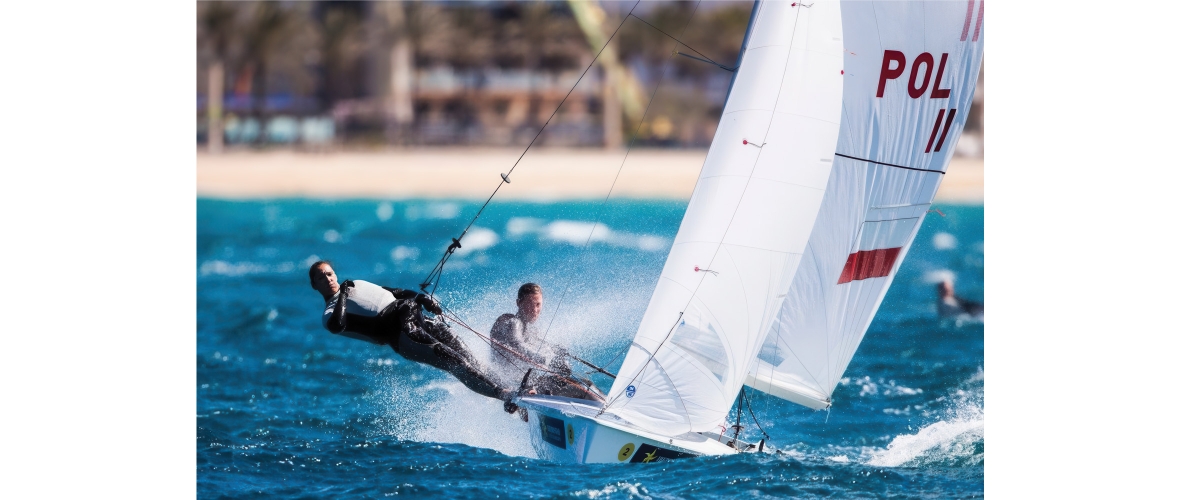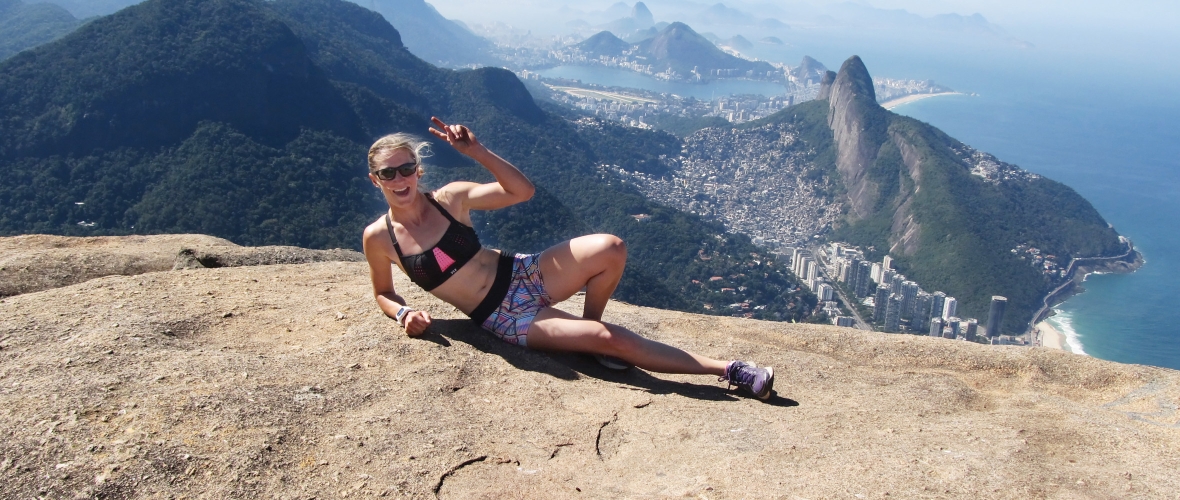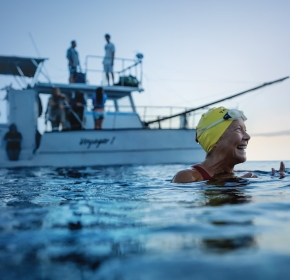Your shared history is not without its difficult moments. In addition to the mentioned separation, there was also your cycling accident, and this was just a year before the games in Tokyo. Did all of this strengthen you and give you more power?
The cycling accident put a big question mark over our dream. It was not clear when I would be able to return to the boat, or if I would be able to return at all. After that, it was not certain whether we would be able to get back in shape in time. Jola’s attitude was exceptional; I felt her support. She was patient and confident that I would get back into shape, get my head together and be well prepared for the Olympic Games in terms of sailing. Knowing that I have someone by my side who believes in me unconditionally has been a real boost.
In the 470 class, a two-person regatta class, each of you has your own tasks. One is the helmswoman, the other the crew member. What are your roles?
First of all, we have different sails to handle. When we are sailing against the wind, Jola controls the headsail, the foresail, and I control the mainsail – the larger one – and I also steer the boat. With the wind, however, Jola has the largest sail to handle – the spinnaker, which is the main driving force for us then. Our division of roles also means that we have to gather information at any given moment – about the wind, the current and the opponents. Based on this, I have to make the final decision and dot the i’s, because I am in charge and Jola is the one who gives me all these messages. If we have the opportunity, we try to quickly discuss our strategy. We are both responsible for deciding which direction we go in and which opponents we focus on at any given time.
As fans, we usually watch athletes at competitions. We don’t see the training, the years of work, the sacrifices, the moments of doubt, the injuries. What was the most difficult part of your sporting journey?
In every sport, it is difficult to bear defeat; it is part and parcel of what we do, but we are competitors and winning is in our DNA, so dealing with a lack of form is a difficult aspect, and not just in sailing. My injury was definitely an unexpected and difficult moment because it was something we couldn’t have predicted. While we are used to stress and failure and have our ways of dealing with them, the injury came as a bolt from the blue. We came out of it stronger, both physically and mentally. And as a team. I am glad that we can be an example to other players with this story – how a potentially difficult situation can be turned into a huge success.
Your beginnings are very interesting. On the one hand, there is 8-year-old Agnieszka, who gets on an Optimist boat for the first time, and on the other hand, there is 23-year-old Jola, who decides that she wants to be a sailor instead of a volleyball player. Each of you has a different story. Is such a difference in experience an advantage?
I followed the traditional path, which means that I have been involved in sailing since I was a child and climbed up the ladder in this sport. Many sailors end their careers at the age of 23, and Jola decided to change careers. She showed great courage because she gave up everything and bet on one card. However, as a volleyball player, she had the predisposition to become a crew member. She is very efficient, agile and likes to learn, which is why she has found her place in class 470. I think you can count the number of such stories on the fingers of one hand. Helmsmen tend to have followed the traditional path, i.e. they start young and have to dedicate at least a dozen or so years to learning.

